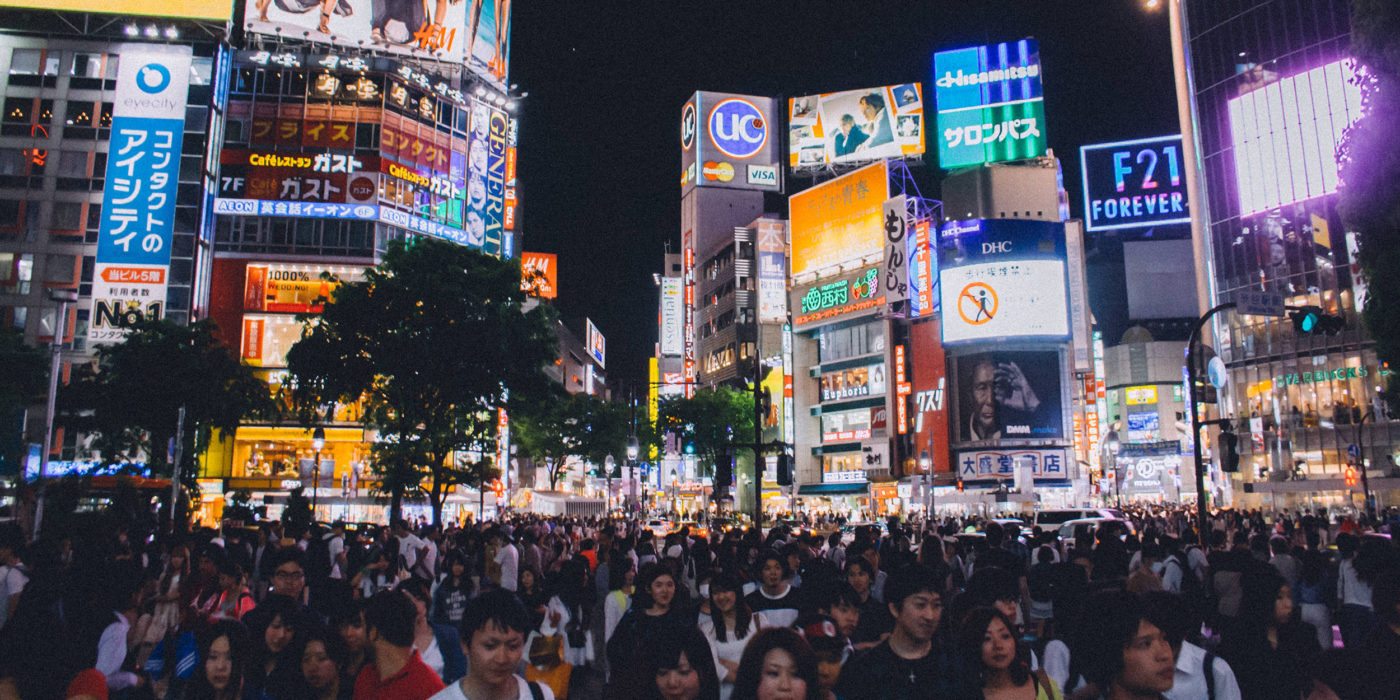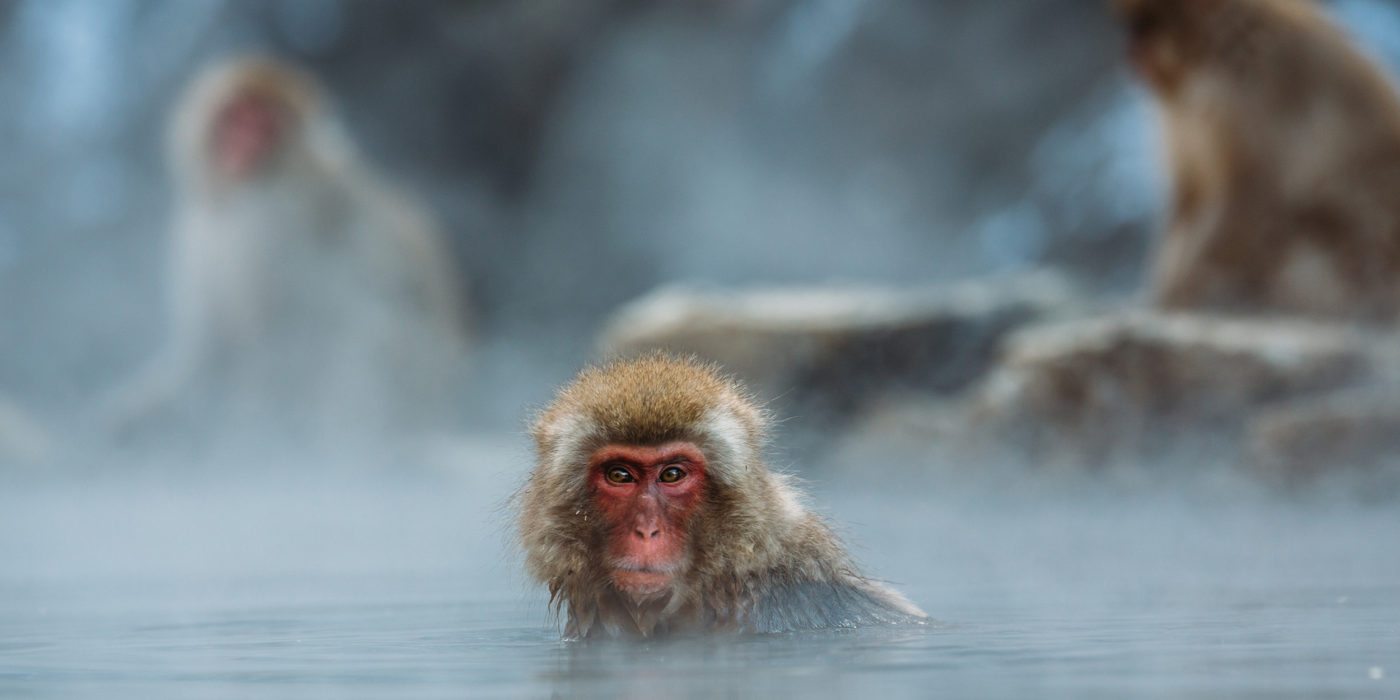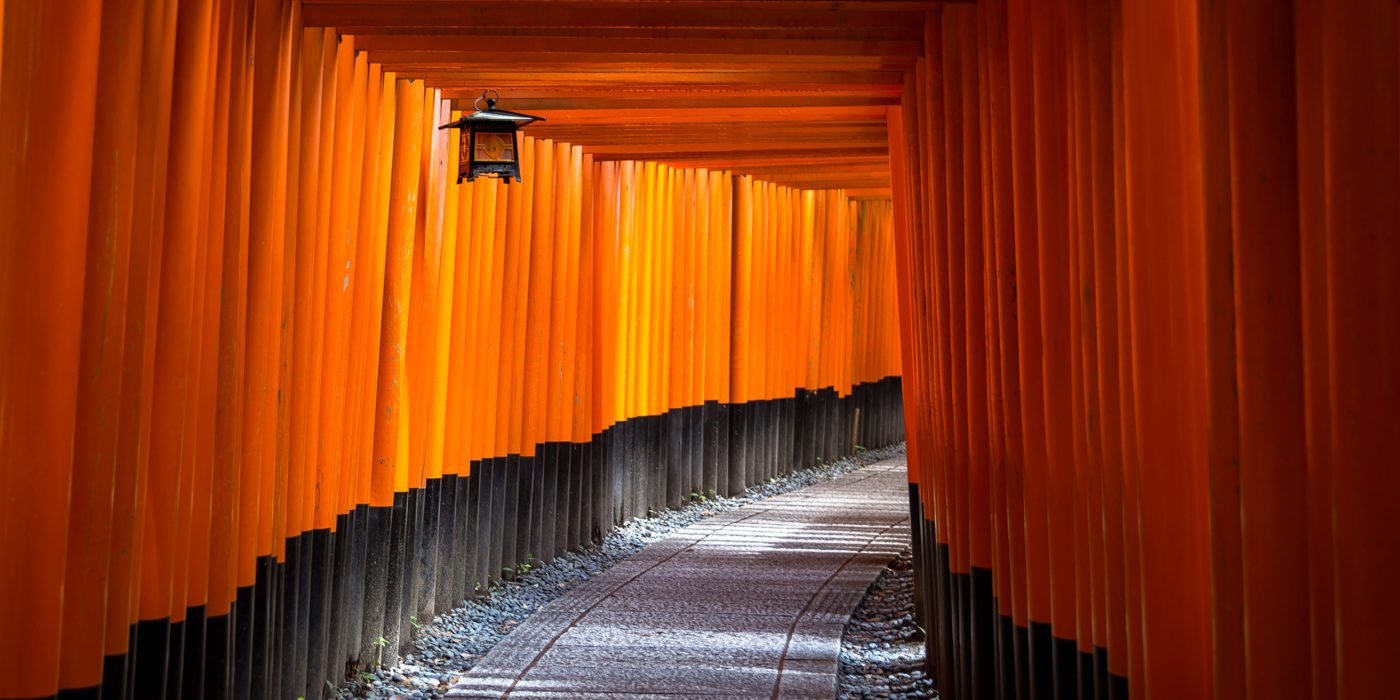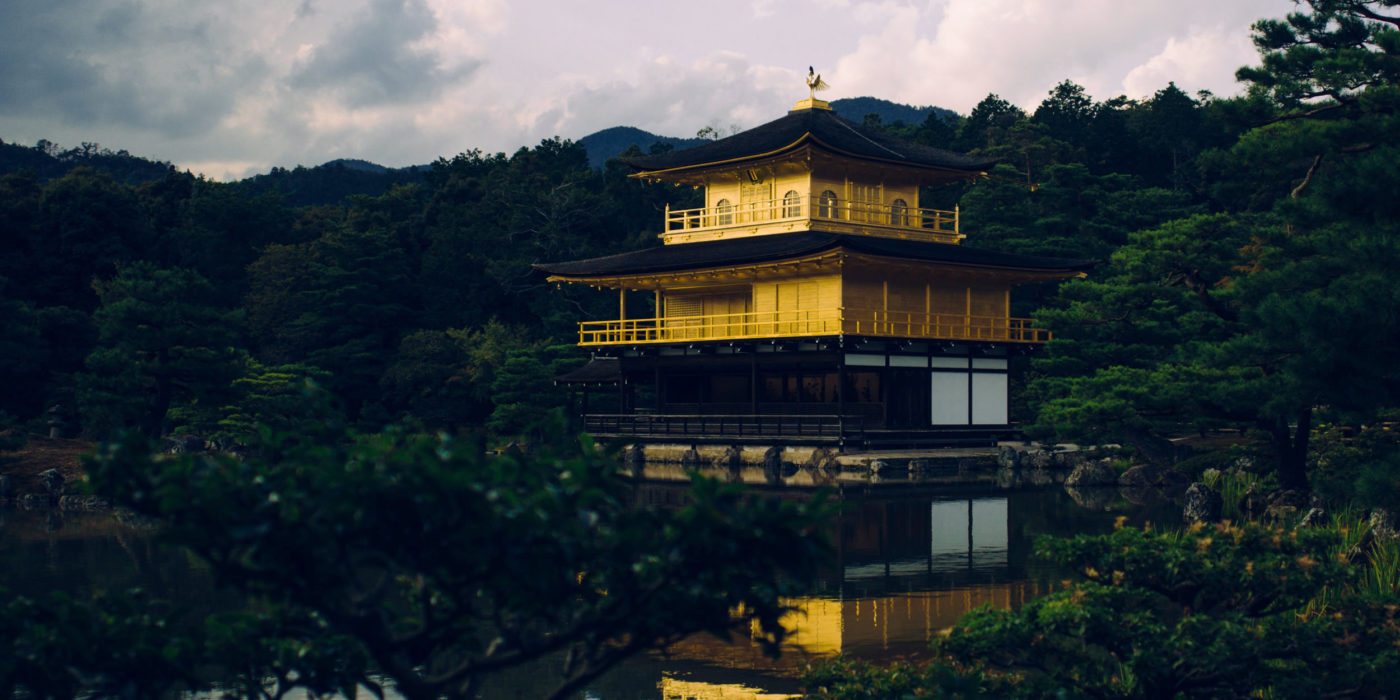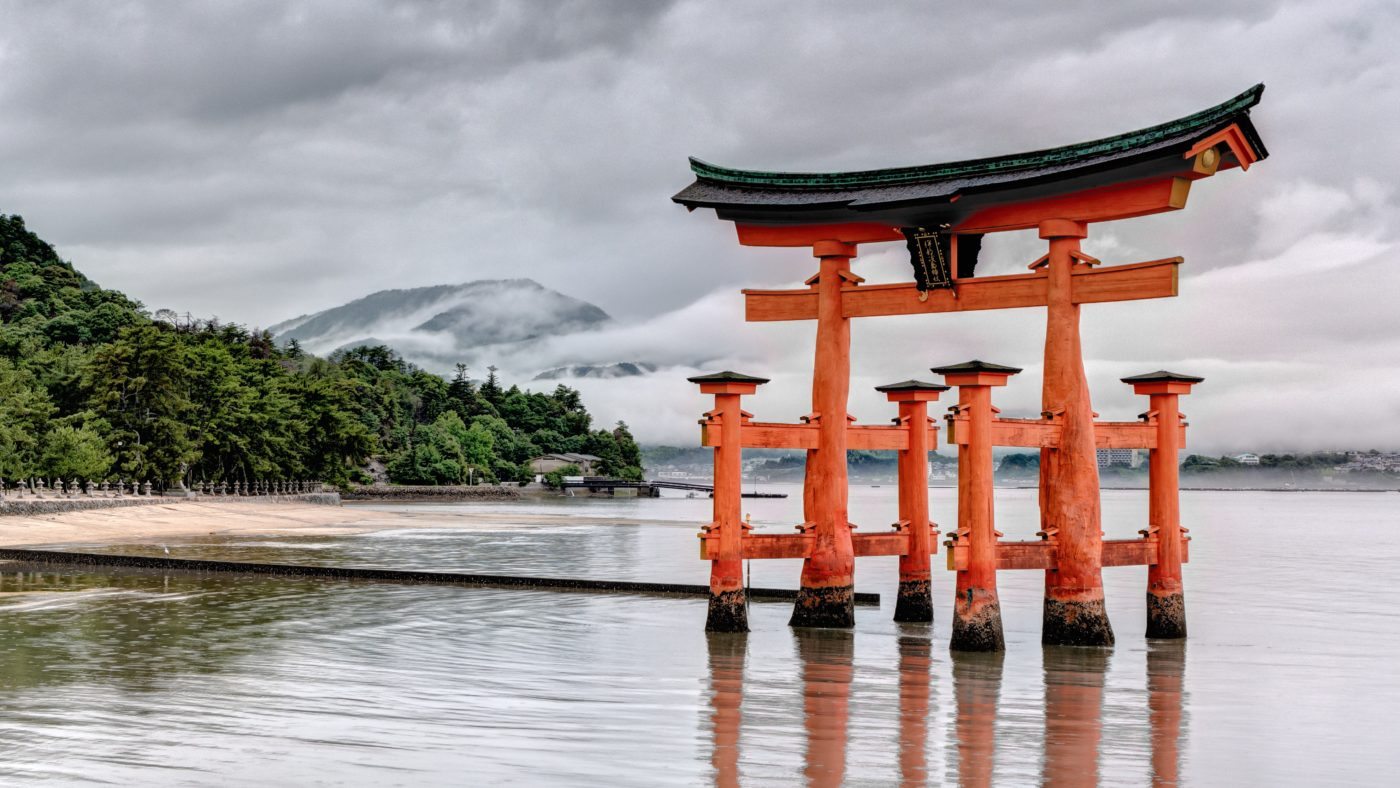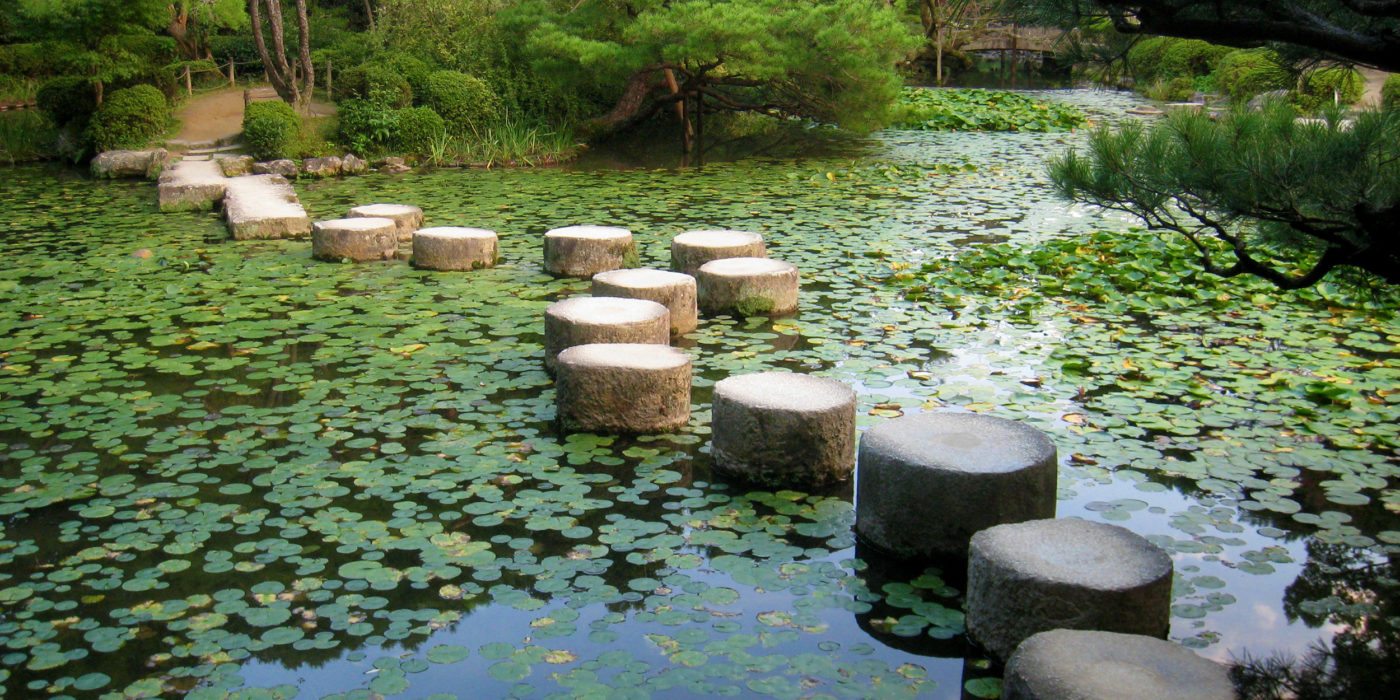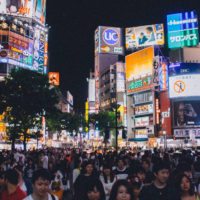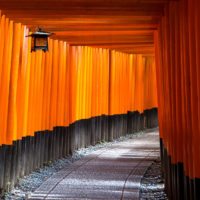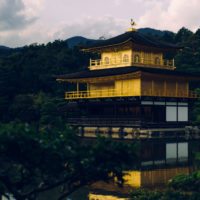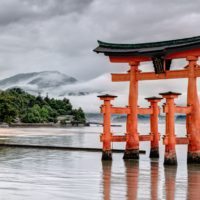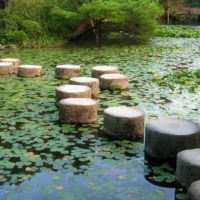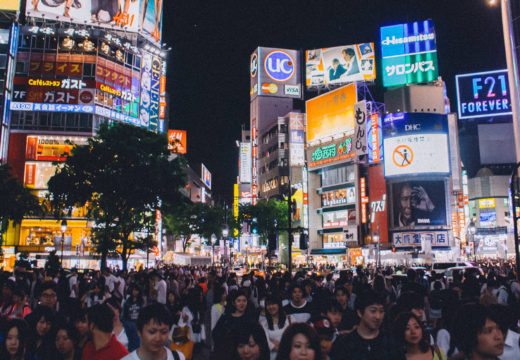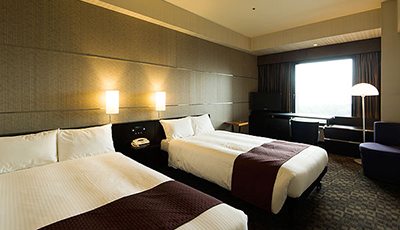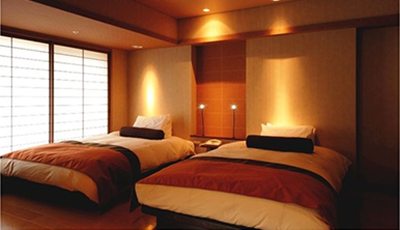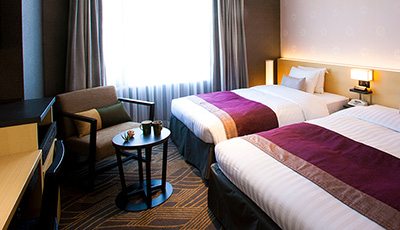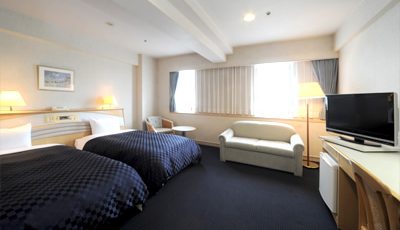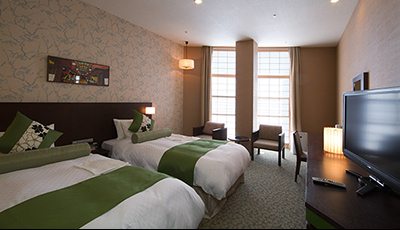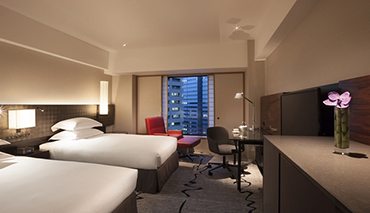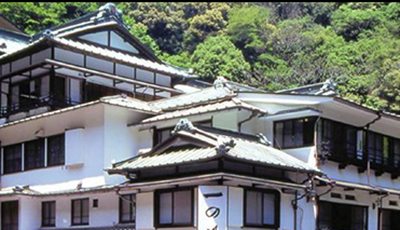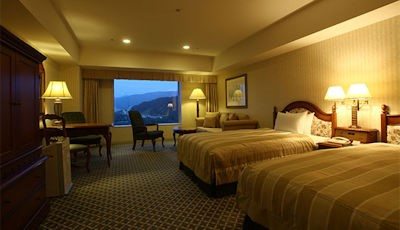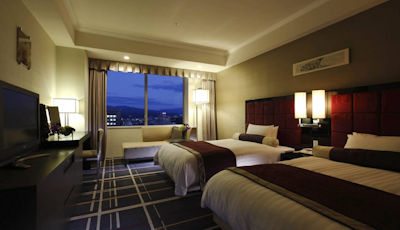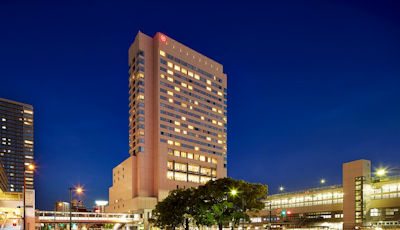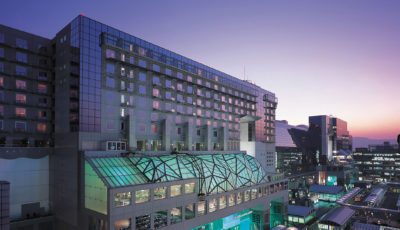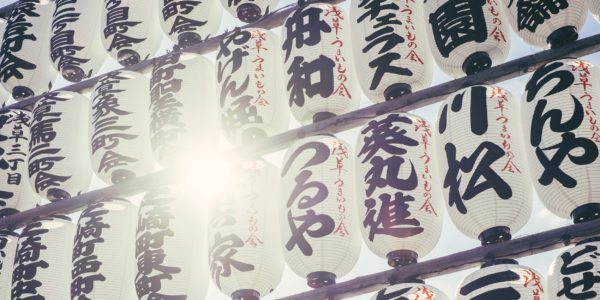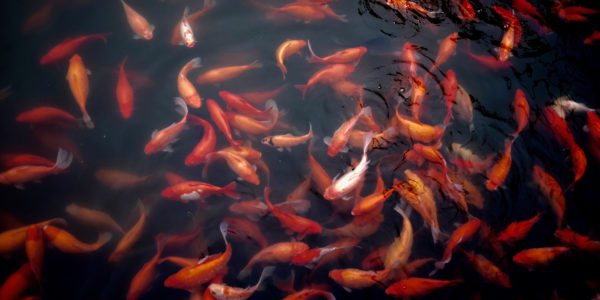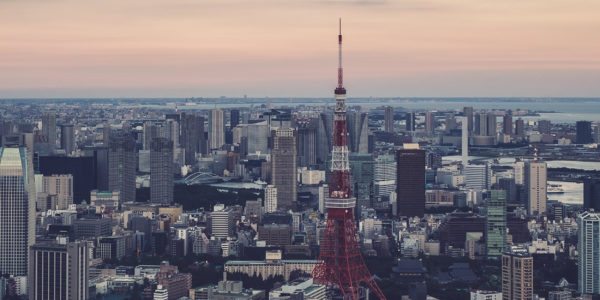Private/Group Tour Highlights
- Take a walk down Omotesando shopping street, home to some of the world's top fashion brands
- Soak in the atmosphere of the Tokyo of old
- Visit Sensoji, Tokyo's oldest temple
- Get up close and personal with Sumo wrestlers and watch their morning training
- Ride the world's second longest cable car to the top of Mt Owakudani
- Sample a black egg, cooked in the hot springs
- Sweep across the volcanic Lake Ashi aboard a majestic replica pirate ship
- Stay in a Japanese traditional ryokan, included meals and piping hot onsen
- Ride the world famous Shinkansen bullet train, reaching up to 300km/h
- Stop by sake breweries for a taste of the local drop
- Visit the Hiroshima Peace Memorial Park, ground zero for the Atomic Bomb
- Find perhaps the most photographed site in Japan - The Floating Torii Gate
- Try your hand in making some traditional Japanese dishes
- Learn about Kyoto's typical kappo cuisine at a kappo style restaurant
Tour Overview
If anyone is to visit the “Land of the Rising Sun” with Yampu, they must be prepared to see The Best of Japan! This magnificent country is saturated with modern technologies, traditional and cultural rich experiences, as well as culinary goodness that is incomparable to any other destination. Explore this Island nation by beginning in the capital, Tokyo, whose technological achievements thrive side by side with its traditional pastimes. Experience real sumo and learn of this ancient contact sport that is now a symbol of Japan before shopping along the extensive avenues. With the traditional Japanese accommodations offered outside of the city, sleep peacefully. Complete with onsens, or spas and hot springs, rest your tired joints from the excitement of the bustling city while in Hakone. Of course no trip to Japan is truly complete without a stop at historical Hiroshima, notorious for its destruction when the first atomic bomb was dropped over the city during the Second World War. Towards central Japan is Kyoto, one of Japans most major cities. Once the Capital of Japan, Kyoto is one of the best preserved cities in the country with its several thousand shrines, temples, and gardens. The only way to truly experience Japan is with Yampu’s extensive Best of Japan Tour where all of these magnificent experiences mentioned can be enjoyed down to every minute detail.
Inclusions
Exclusions
International airfare (unless specifically included), airport departure taxes that must be paid on-site, gratuities, meals not mentioned, soft drinks and alcoholic beverages with meals, early / late check-out, room service, visa fees/services and other personal items or services not mentioned.
Package Price: $8585
Package Price: From N/A
Prices shown above are per person. Hotel categories do not adhere strictly to international ratings; Yampu has evaluated the hotels according to destination and availability. Prices include local airfare (where applicable), hotel accommodation including daily breakfast; all transfers with baggage handling, all guided tours in English and all entrance fees.
Please note that prices are subject to change based on availability and seasonality, especially during the holiday season from December 20th through January 5th each year. Please contact a Yampu Travel Specialist for more information on best times to travel.
Trip Type:
All our trips are operated on a private basis unless specified otherwise. This is only a sample itinerary; your Yampu Tour Consultant will personalize this trip for you according to your available dates, interests and type of hotels. This is your trip and we will work on making it perfect!
Tour Itinerary
Welcome to Japan
On arrival at Narita Airport, be met in the arrival hall by today's driver who will assist with the included transfer to the hotel (60 - 90 minutes). The remainder of the day is at leisure.
On arrival at Narita Airport, be met in the arrival hall by today's driver who will assist with the included transfer to the hotel (60 - 90 minutes). The remainder of the day is at leisure.
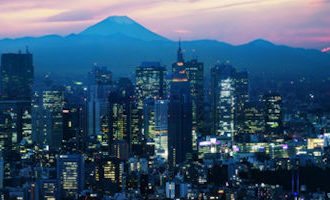
Tokyo City Walking Tour
Take read more...
Take a day tour of this fascinating city with a local guide, making use of Tokyo's comprehensive and user friendly public transport system. The day begins with a visit to Meiji Shrine, a shrine dedicated to the deified spirit of Emperor Meiji and a popular place for traditional Japanese weddings. Take a walk down Omotesando shopping street, a broad tree lined avenue home to the flagship stores of the world's top fashion brands. Head across town to Asakusa, Tokyo's old town where one can soak in the atmosphere of the Tokyo of old. Visit Sensoji, Tokyo's oldest temple and wander down Nakamise, a shopping street that has been providing temple visitors with a variety of traditional, local snacks and tourist souvenirs for centuries. Take a boat cruise on the Sumida River passing under 12 bridges. Disembark in Hamarikyu garden, an Edo Period Japanese garden surrounded by the Shiodome district's futuristic skyscrapers, a great example of how Japan is the land of contrasts, where one will stop for a cup of steaming matcha and Japanese sweets in a tea house on a small island in the park's lake. ...read less
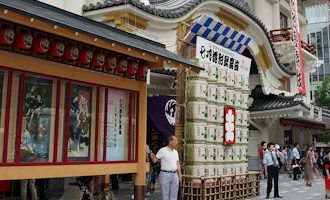
Tokyo Sumo Training and Experience
The read more...
The guide for the morning will meet at the hotel and take Yampu Travelers to the Ryogoku, the center of Japan's sumo world. As well as the Kokugikan Sumo Stadium, Ryogoku is home to most of Tokyo's sumo heyas. All rikishi (wrestlers) belong to heyas, or sumo stables, where they live, train and eat. Visit one of these heya to get up close and personal with these giant men and watch their asa geiko (morning training). The day begins in the early morning, when the lowest ranked men wake up and put in some practice before going about their assigned duties, which include cleaning the building and preparing the food for the main meal of the day. Higher ranked sekitori appear at a more reasonable hour, and they begin a practice session that runs from about 7am until about 10am. After several hours of warm up and technique practice, the wrestlers play an exciting "King of the Castle" game where one wrestler stays in the ring fighting bouts without any rest until he is defeated. After training, it is time to eat like sumo at a local restaurant specializing in chanko nabe. Chanko nabe is a Japanese stew with chicken, fish, tofu and vegetables. Whilst a very healthy dish, when eaten in sumo sized amounts it helps sumo to gain weight. Many of the restaurants in the area that serve chankonabe are run by ex-sumos.
...read less
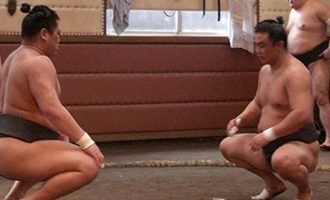
Gateway to the Mount Fuji Region
Travel read more...
Travel by train to Hakone, the gateway to the Mt Fuji region. Armed with a Hakone Pass, take advantage of the extensive local transport network to explore this stunning region. Ride the world's second longest cable car to the top of Mt Owakudani, passing over the pools of boiling hot water belching steam which give the mountain its name "Hells Valley". At the top one can sample a black egg, cooked in the hot springs and said to add 7 years to one's life. A majestic replica pirate ship will sweep visitors across the volcanic Lake Ashi, so deep that it never freezes over in the winter. One can also ride switchback trains, ropeways and buses to get around to explore some of the museums, shrines, and shops scattered around the area. Tonight, stay in a Japanese traditional ryokan, sleeping on futons laid out on tatami mats with delicious included meals and piping hot onsen (hot spring) baths. ...read less
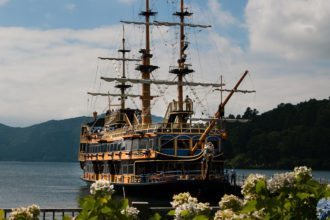
Takayama Sake Breweries
From Hakone, take the world famous Shinkansen bullet train, which reaches speeds of up to 300km/h. Next, change onto the Limited Express Hida Wideview for the one of the most scenic train journeys in Japan, winding through tall mountains and stunning gorges to Takayama. This afternoon, Yampu recommends visiting one of the town's many sake breweries for a taste of the local drop, its high quality due to the area's clean water sources.
From Hakone, take the world famous Shinkansen bullet train, which reaches speeds of up to 300km/h. Next, change onto the Limited Express Hida Wideview for the one of the most scenic train journeys in Japan, winding through tall mountains and stunning gorges to Takayama. This afternoon, Yampu recommends visiting one of the town's many sake breweries for a taste of the local drop, its high quality due to the area's clean water sources.
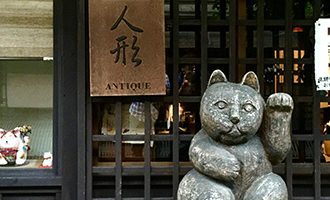
Takayama Free Day
Today read more...
Today is at leisure. After breakfast Yampu recommends heading up to the Miyagawa morning market with stalls selling local crafts and produce. This is a great opportunity to try some of the region's delicious fruit and vegetables. A short bus ride will take Yampu Travelers to Hida No Sato Folk Village, an open air museum exhibiting over 30 typical farmhouses and other traditional buildings from the Hida region. There is also a workshop in the village illustrating how many of Japan's famous handicrafts are made, including wood carving, tie-dying, weaving, and lacquering. In the afternoon one can visit the Takayama Festival Floats museum, displaying floats from the famous Takayama festival, or simply wander through the beautifully preserved old town. ...read less
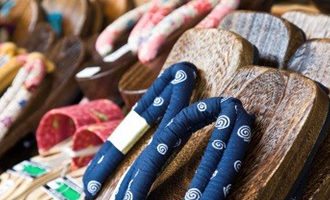
Day in Transit; Kanazawa via Shirakawago
Travel by coach (1hr) to Shirakawago, and spend the day exploring this quaint mountain village. In the afternoon, continue on by coach to Kanazawa.
Travel by coach (1hr) to Shirakawago, and spend the day exploring this quaint mountain village. In the afternoon, continue on by coach to Kanazawa.
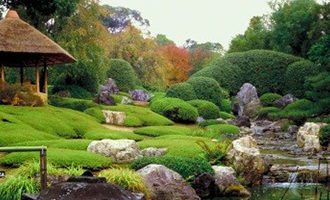
A free day to explore Kanazawa
The read more...
The highlight of any visit to Kanazawa is Kenroku-en garden. Ranked one of the top three in Japan, its breathtaking beauty shines through in any season. We would also recommend visiting imposing Kanazawa castle, located next to the garden. One can also visit the Nagamachi Samurai district, Saihitsuan Yuzen Silk Center, offering demonstrations of the centuries-old Yuzen silk painting technique, and the Nomura Samurai House, a traditional Japanese home with tea-ceremony room, an interior courtyard garden and artifacts from the Edo period ...read less
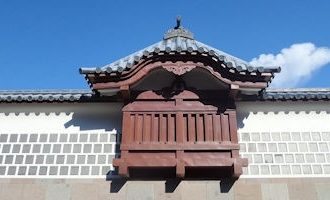
Transfer to Hiroshima
Travel by train to Hiroshima (4 hours with one change in Shin Osaka). Enjoy the rest of the afternoon at leisure.
Travel by train to Hiroshima (4 hours with one change in Shin Osaka). Enjoy the rest of the afternoon at leisure.
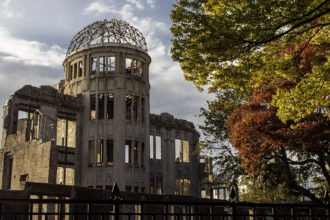
Hiroshima Day Tour with Miyajima Island
Today read more...
Today enjoy a day tour of Hiroshima with a local guide, starting with a visit the Hiroshima Peace Memorial Park. The area where the park now lies was ground zero for the Atomic Bomb on 6th August 1945. After the bombing the Memorial Park was created and dedicated to those who lost their lives in the attack. Stroll through the park and discover the many memorials, monuments and statues in the park before heading into the Museum itself. From Hiroshima, a short ferry ride will take visitors to Miyajima Island. A small sacred island located in the Inland Sea, it has been a holy place of Shintoism since the earliest times. Here one will find perhaps the most photographed site in Japan - The Floating Torii Gate. Designated as one of Japan's '3 Most Beautiful Views', the shrine it belongs to dates back to the 6th century with the present structure dating back to the 12th century. The harmoniously arranged buildings reveal great artistic and technical skill, and have been designated a UNESCO World Heritage Site. Mere 'commoners' were not allowed to set foot on this holy place, and even now it is forbidden to give birth or die on the island! Enjoy some time to explore the island and its many shrines and temples, sample local goodies like maple leaf shaped cakes before heading back to the hotel. ...read less
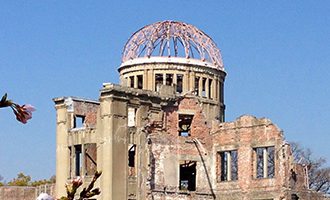
Private Cooking Lesson
Back read more...
Back on the Shinkansen to Kyoto (2hrs).
In the afternoon, take part in a private cooking lesson. Japanese cuisine has such high reputation that it was declared UNESCO Intangible World Heritage. In this tour one will be able to try their hand in making some of the dishes that made this cuisine so popular in the world and in particular learn about Kyoto's typical kappo cuisine. In Japanese, kappo means to cut ingredients with a knife and cook them over a fire. At a kappo style restaurant, fine seasonal cuisine is served over a counter where diners sit face to face with a chef. In this class Yampu Travelers will be the chef!
...read less
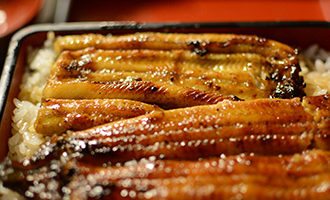
Kyoto Temples and Nishiki Market
Today, read more...
Today, explore the former imperial capital with a knowledgeable local guide, utilizing Kyoto's comprehensive bus system to visit some of Kyoto's World Heritage Sites. Start the day with a visit to Kinkakuji Temple (Golden Pavilion), which was originally built as a retirement villa for the Shogun. After his death it became a Buddhist Temple at his request, and is now one of Kyoto's most famous temples. Nijo Castle is an ornamental castle, built by the founder of the Edo Shogunate as his Kyoto residence and is surrounded by stunning gardens. The main building was completed in 1603, and is famous for its architecture, decorated sliding doors and 'chirping' nightingale floors.
Take a walk down Nishiki Market, a narrow, five block long shopping street lined by more than one hundred shops and restaurants. Known as "Kyoto's Kitchen", this lively retail market specializes in all things food related, like fresh seafood, produce, knives and cookware, and is a great place to find seasonal foods and Kyoto specialties, such as Japanese sweets, pickles, dried seafood and sushi. Final stop today is Kiyomizu (Pure Water) Temple. From the 13m high veranda jutting out from the Main Hall one can enjoy amazing views of the whole of Kyoto, whilst pondering the fact that both the Main Hall and Veranda were built without the use of nails or any kind of joiners.
...read less
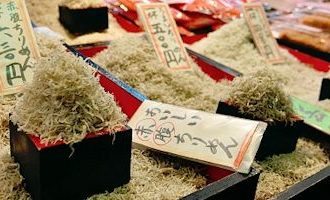
Nara and Fushimi Inari Shrine
Transfer read more...
Transfer from the hotel to Nara by train (45min) with a local guide. For 74 years during the 8th century Nara was Japan's capital and many of the temples and shrines built at that time still remain. Visit Todaiji temple, the world's largest wooden building and home to Japan's largest Buddha. Next stop is Nara's most celebrated shrine, Kasuga Taisha, established in 768 AD and famous for its hundreds of bronze and stone lanterns which have been donated by worshipers. Take a wander through Nara Park, called Deer park by locals due to the large population of more than 1,000 tame deer living there. On the way back from Nara, visit Fushimi Inari Shrine, which was used in the movie Memoirs of a Geisha. It is home to over 10,000 red tori gates, which form a path up the mountain behind the temple. ...read less
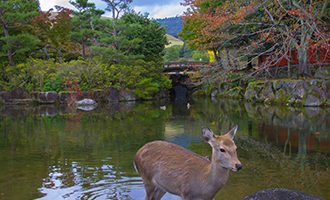
Flight Home
Today is free until the included airport train to the airport for the flight home.
Today is free until the included airport train to the airport for the flight home.
Tokyo, Japan
Hakone, Kanagawa Prefecture, Japan
Takayama, Gifu Prefecture, Japan
Kanazawa, Ishikawa Prefecture, Japan
Hiroshima, Hiroshima Prefecture, Japan
Kyoto Prefecture, Japan
Nara, Nara Prefecture, Japan
Places You'll See
-
Tokyo
One of the World’s most cutting-edge capitals, Tokyo is a city of contrasts. Famous for its cutting edge modernity, neon-lit landscape and towering skyscrapers, it is also home to sprawling parkland, peaceful shrines and temples and lovingly tended gardens. Despite its love affair with manga pop culture, fashion, high-tech trends and conspicuous consumption, below the surface is a city that has its roots in an ancient heritage. Shinto shrines and Buddhist temples stand close to skyscrapers as a reminder of a more contemplative time.
-

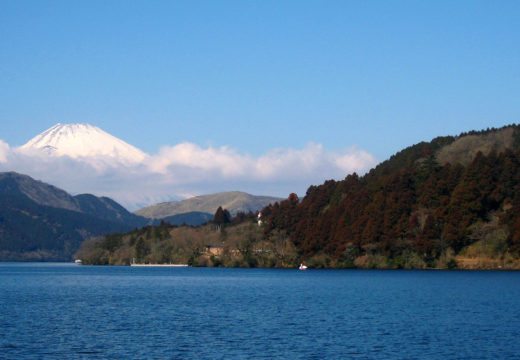
Hakone
Part of Fuji Hakone Izu National Park, Hakone is a prime holiday destination with a splendid view of the famous Mount Fuji, along with many other natural wonders, including 17 delightful hot springs. Walk around the open air museums, or relax and bath in the gorgeous springs and spas offered throughout the area. Explore the stunning area aboard a majestic replica pirate ship, sweeping across the volcanic Lake Ashi.
-

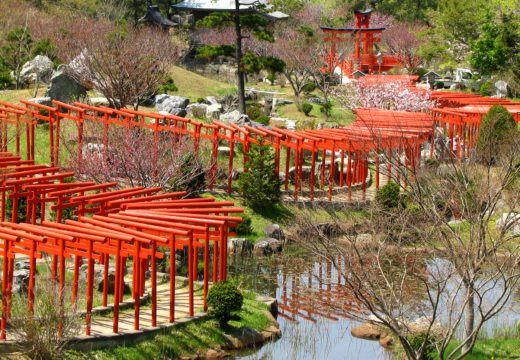
Takayama
With its plethora of temples, shrines, festivals, rivers and bridges the mountain town of Takayama has been called a “little Kyoto”. The region is an agricultural one, and every day the freshest of vegetables and fruit are brought by local farmers to Takayama’s lively morning market. Many unique traditions have evolved here, and due to the town’s previously inaccessible location high in the Hida alpine region, a remarkable number of them have been preserved. The district called San-machi Suji, the traditional home of Takayama merchants and sake brewers, has been preserved in almost exactly the same state as 200 or 300 years ago. Here, are inns, shops and taverns which trace their history back many generations.
-

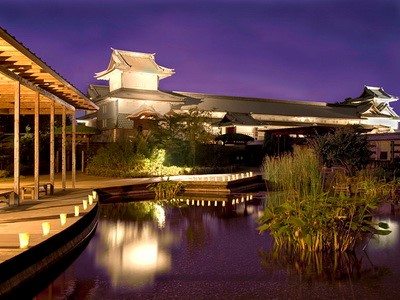
Kanazawa
During the Edo Period, Kanazawa served as the seat of the Maeda Clan, the second most powerful feudal clan after the Tokugawa in terms of rice production and fief size. Accordingly, Kanazawa grew to become a town of great cultural achievements, rivaling Kyoto and Edo (Tokyo). During World War Two, Kanazawa was Japan’s second largest city (after Kyoto) to escape destruction by air raids. Consequently, parts of the old castle town, such as the Nagamachi samurai district and chaya entertainment districts, have survived. Today, the city boasts many historical attractions such as restored residences and districts, as well as modern museums. But Kanazawa’s unchallenged main attraction is Kenrokuen, one of Japan’s “three best landscape gardens” and by many considered the most beautiful of them all.
-

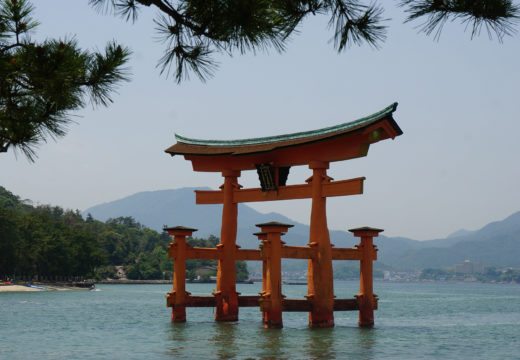
Hiroshima
Hiroshima is notorious for its destruction when the first atomic bomb was dropped over the city during the Second World War in August 1945. The destructive power of the bomb obliterated nearly everything within a two kilometre radius. From this absolute annihilation, Hiroshima has emerged phoenix-like, and become a beacon of hope and peace for the rest of mankind. Destroyed monuments of the city’s historical heritage, such as the Shukkeien Garden and the Hiroshima Castle, have been rebuilt. The city centre boasts a large recreational area named Peace Memorial Park that reflects the aspirations of this re-born city.
-

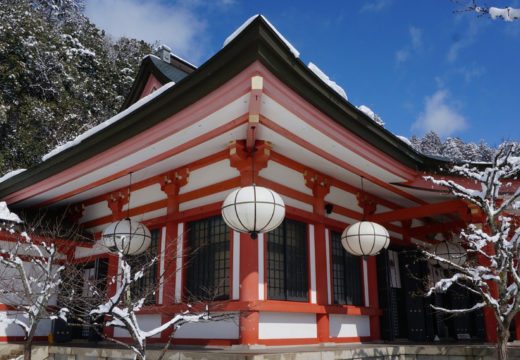
Kyoto
Kyoto is the nation’s former capital, the residence of the emperor from 794 until 1868, and is Japan’s seventh largest metropolis. With 2,000 religious buildings as well as palaces, gardens and associated architecture, it is one of the best preserved cities in Japan and has been awarded UNESCO World Heritage status. Kyoto represents the “Japan of old” and beyond the high rise skyscrapers built as a monument to progress, the real monument to Japan’s historical and cultural past can be found in the city’s narrow alleyways where tea houses abound and kimono-clad geisha hurry from elegant function to function.
-

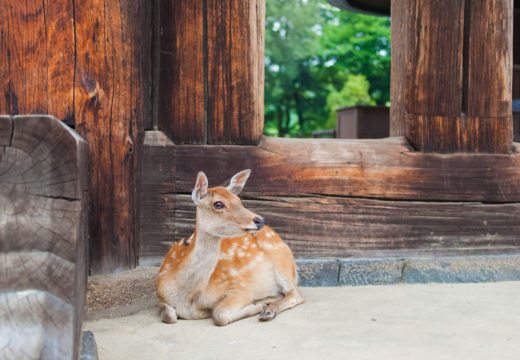
Nara
Once the capital of Japan, dating back to 710, Nara is now a historic and cultural hub filled with ancient treasures for travelers to learn more about this country’s dramatic and rich history. Testaments to Nara’s ancient status consist of many of Japan’s oldest temples and pagodas. Visit the worlds oldest wooden buildings and Nara’s most celebrated Shinto shrine, all before making friends with the wild sacred deer that roam the area freely.
Media Gallery
